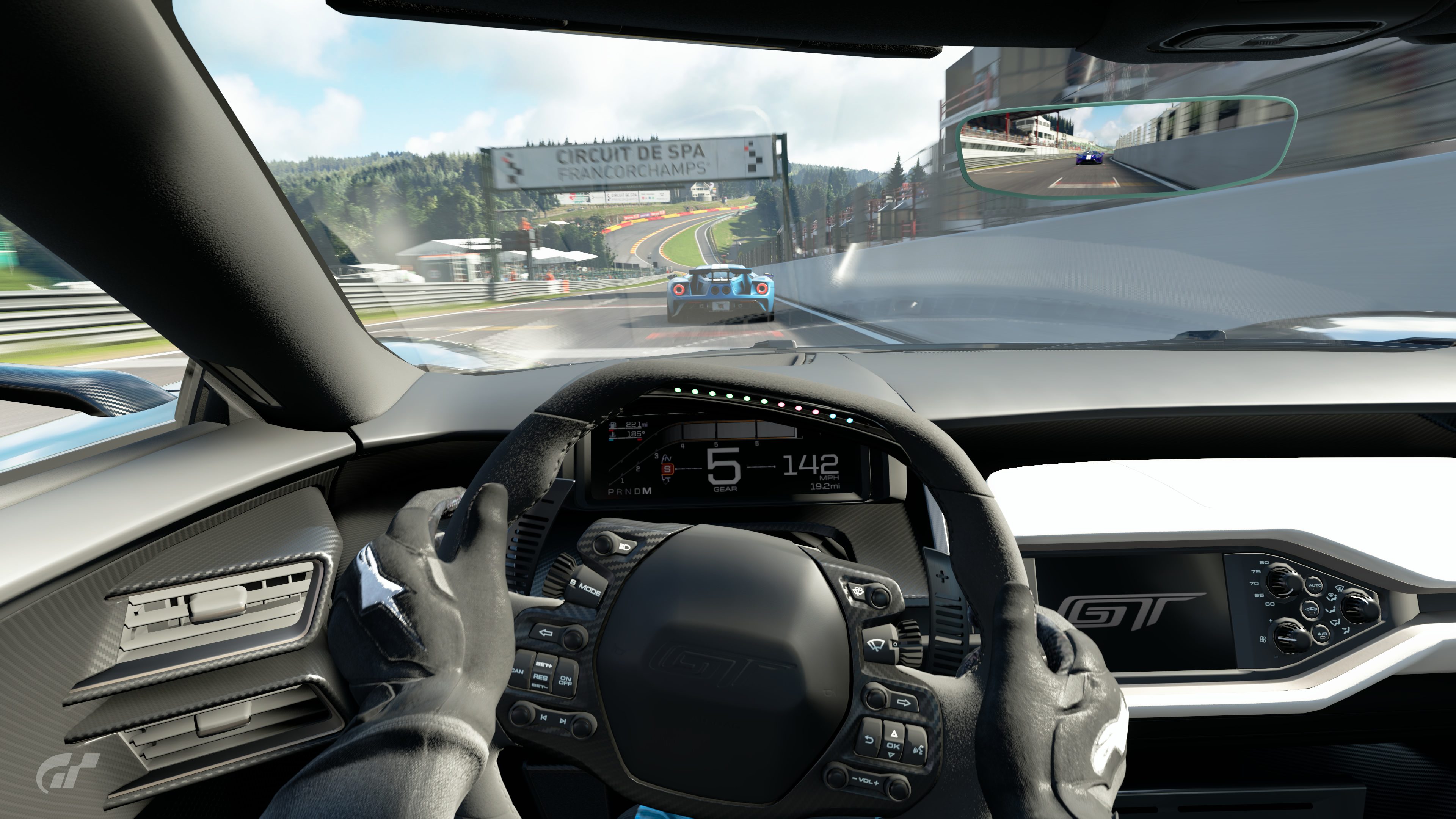- 1,451

- Texas
- JoshsoJB
Edit: uninformed take ahead lol.
This is so silly. According to the car settings, the Renault Mégane Gr.4, just the regular Mégane hot hatch with a little lip, a wing, and a diffuser(?), has more than TWICE the downforce of aero monsters like the LaFerrari, Vulcan, Veneno at the rear? And they have ZERO downforce at the front??? I'm not an expert in car physics but that don't seem right. The Vulcan is practically a Gr.3 car in terms of aero yet has less than 1/3rd of the downforce of the Gr.3 cars at the rear (and, again, absolutely none at the front).
Then there's this oddity: the Mercedes SLR McLaren, basically a wedge with a small active aero spoiler that comes up during braking, has 1.5x the downforce at the rear than the cars mentioned.
WHERE ARE THESE VALUES COMING FROM. Why have most of these cars been nerfed so ridiculously much? A "driving simulator" shouldn't change the foundation of a car just to accomodate the competition. Make the cars accurate and have the balancing systems in place do their thing.
This is so silly. According to the car settings, the Renault Mégane Gr.4, just the regular Mégane hot hatch with a little lip, a wing, and a diffuser(?), has more than TWICE the downforce of aero monsters like the LaFerrari, Vulcan, Veneno at the rear? And they have ZERO downforce at the front??? I'm not an expert in car physics but that don't seem right. The Vulcan is practically a Gr.3 car in terms of aero yet has less than 1/3rd of the downforce of the Gr.3 cars at the rear (and, again, absolutely none at the front).
Then there's this oddity: the Mercedes SLR McLaren, basically a wedge with a small active aero spoiler that comes up during braking, has 1.5x the downforce at the rear than the cars mentioned.
WHERE ARE THESE VALUES COMING FROM. Why have most of these cars been nerfed so ridiculously much? A "driving simulator" shouldn't change the foundation of a car just to accomodate the competition. Make the cars accurate and have the balancing systems in place do their thing.
Last edited:








